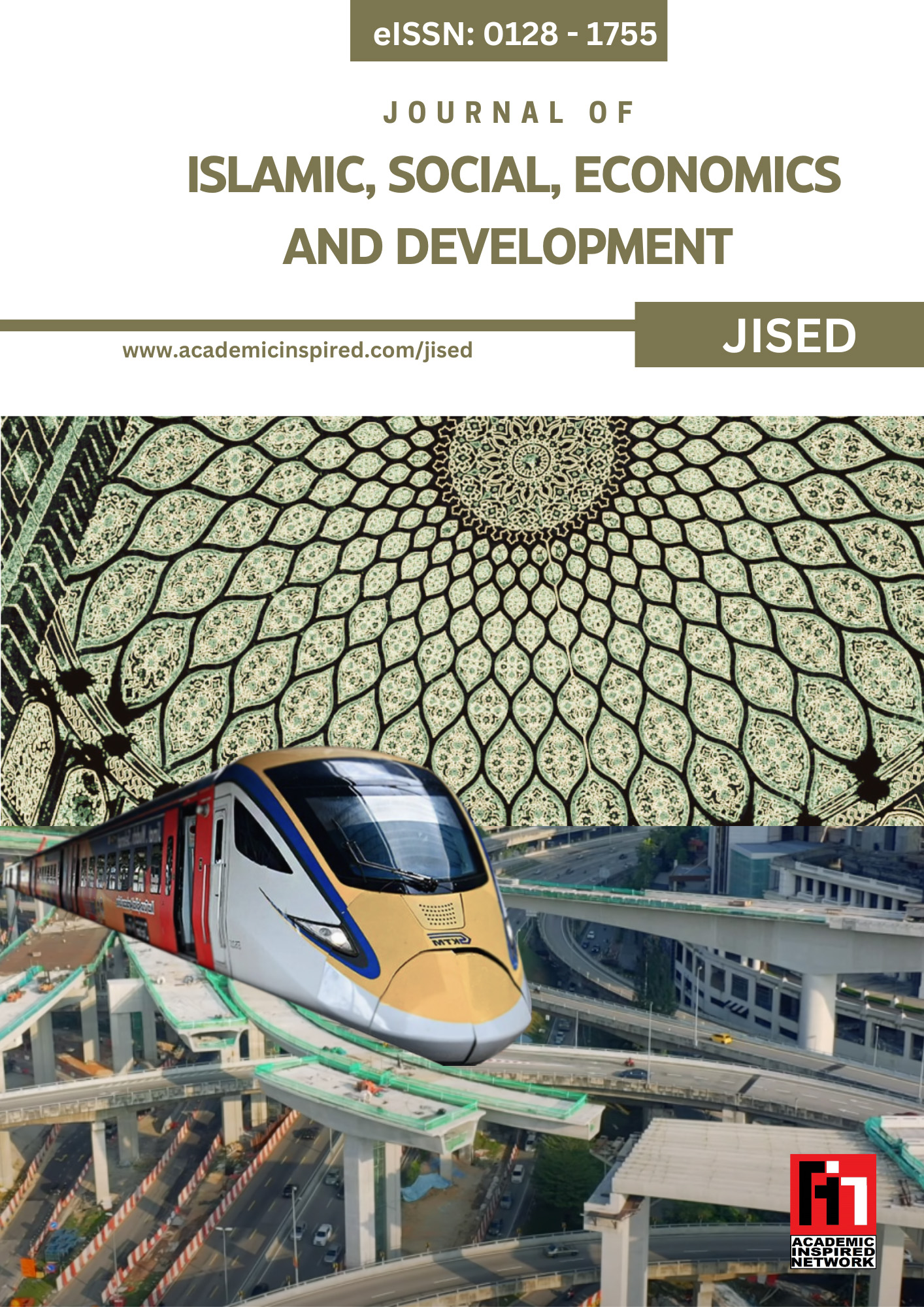Human resource management of Bank Riau Kepri Syariah: Opportunities and challenges, and their impact on employee performance achievement
Keywords:
Human Resource Management, Employee Performance, Organizational Culture, Sharia Bank, SEM-PLSAbstract
This study aims to analyze opportunities and challenges in the implementation of Human Resource Management (MSDI) at Bank Riau Kepri Syariah and examine its influence on employee performance by considering the role of organizational culture moderation. This study uses a quantitative approach with a type of causality research. Data was collected through questionnaires from 341 respondents who are employees of Bank Riau Kepri Syariah and analyzed using the Structural Equation Modeling–Partial Least Square (SEM–PLS) method through the WarpPLS application. The results showed that MSDI had a significant effect on employee performance, with a coefficient of 0.830 (p < 0.001). In addition, organizational culture was shown to moderate the relationship positively and significantly (coefficient 0.110; p < 0.040). These findings indicate that the effectiveness of MSDI in improving employee performance will be more optimal if supported by an organizational culture that is in line with Islamic values. The practical implications of this study are the importance of strengthening Islamic work culture, continuous training, and a fair and structured career development system to strengthen the competitiveness of Islamic banks in a sustainable manner.













